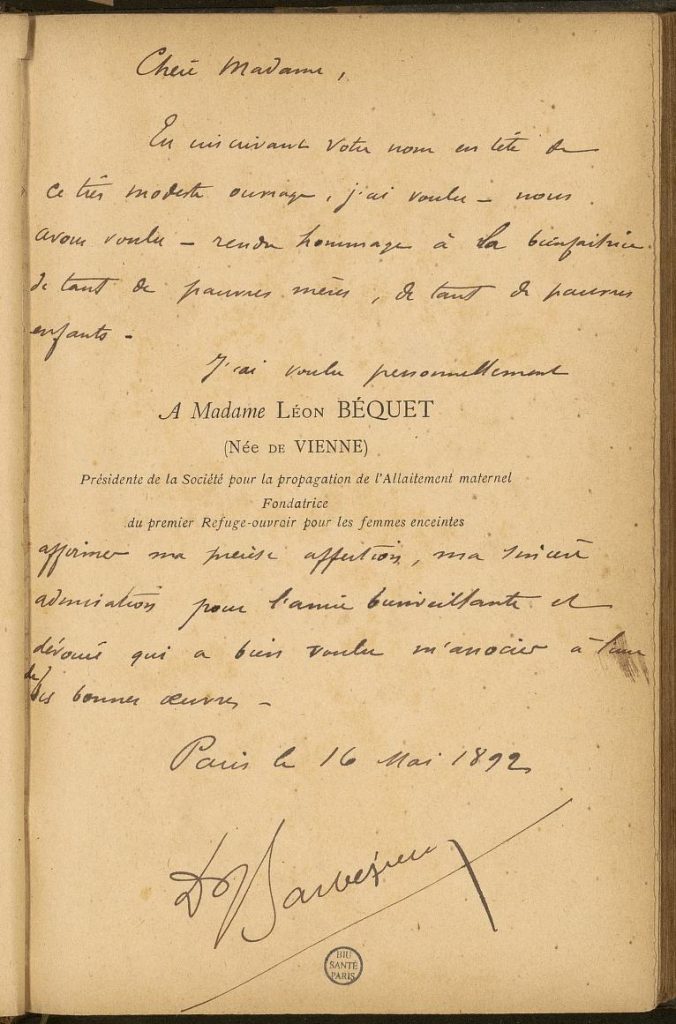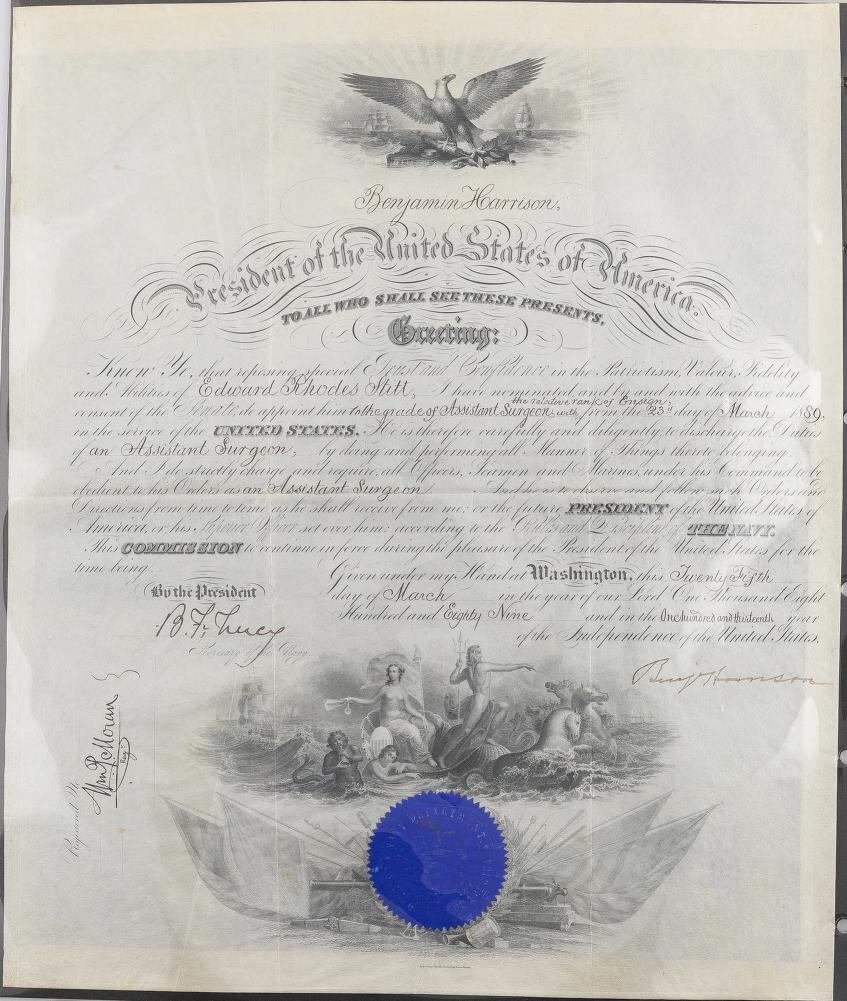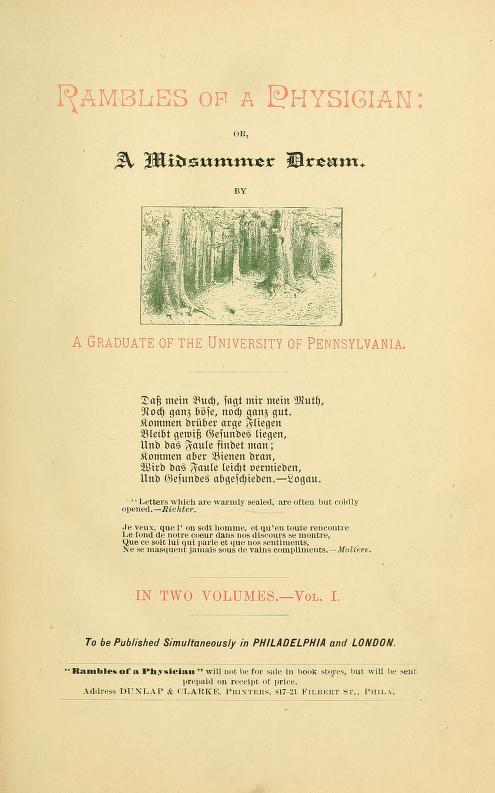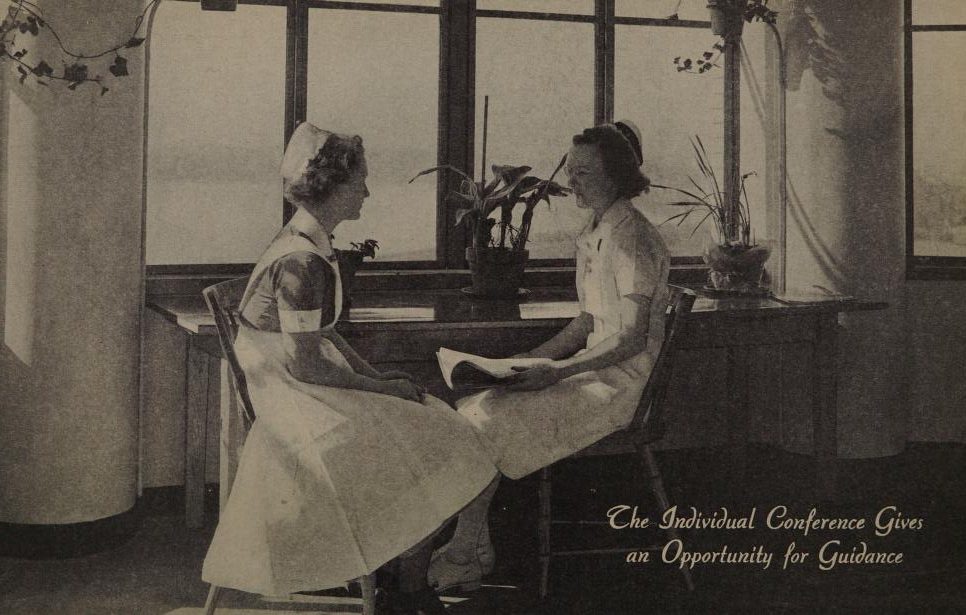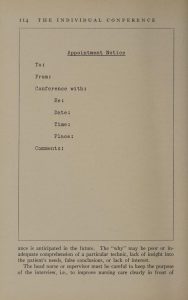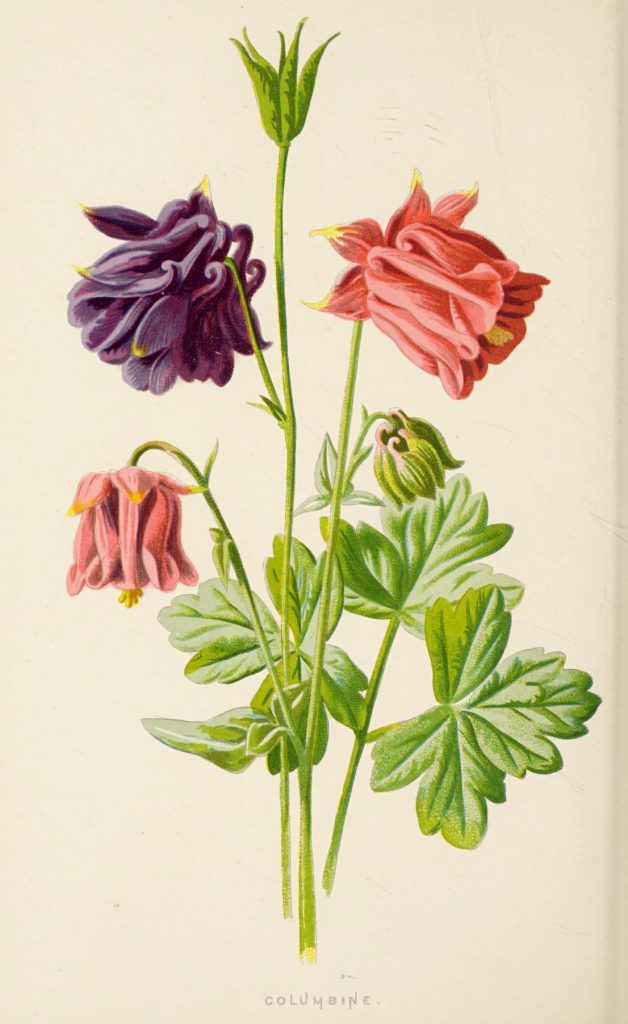Our collection includes a series of reports from the the Henry Street Settlement House, one of the many settlement houses that sprang up across the United States at the end of the nineteenth century and the beginning of the twentieth; some still survive, although in vastly different form.
The Henry Street House was in New York City, in a thickly settled district largely populated by immigrants and transient population. This particular settlement house was more than one building; the reports show that activities took place across the district. The visiting nursing service was established by Lillian Wald and Mary Brewster in 1893. Both Wald and Brewster were graduates of the New York Hospital Training School. It’s important to realise that both Wald and Brewster had no need to support themselves financially from their nursing work; they both had family resources to draw on and a degree of independence unusual for women at the time.
Nursing was still a new profession and nursing outside of a hospital setting generally restricted either to missions or to patients with private means who could hire a nurse to come to their home. Wald, Brewster, and others suggested a nurse associated with a particular district or, in this case, settlement house, who would be available to any resident of the district for any reason. Residents wouldn’t need to come to a clinic, they could be visited in their homes. The nurses not only functioned as nurses, medical professionals, but also as agents of cultural assimilation, demonstrating “American ways” to immigrants. Visiting nurses could and did take care of the sick, but they also tried to refer people back to the settlement house or relevant city services for things they did not provide, such as language classes or naturalization services. They also demonstrated in themselves what were felt to be some key American values: cleanliness, punctuality, preparedness. The Henry Street reports also show that visiting nurses were involved with the medicalization of motherhood, holding classes and teaching women ‘how to be mothers.’
The reports are a fascinating window into late nineteenth and early twentieth century America.






